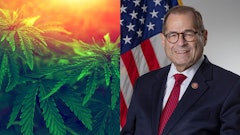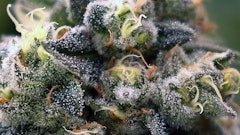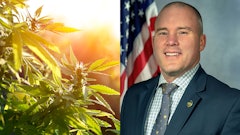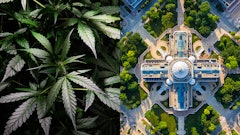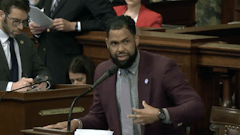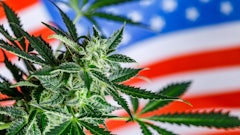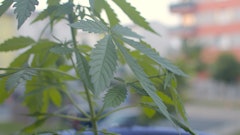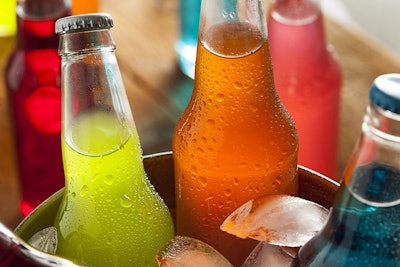
Two of the biggest cannabis industry headlines to close out an already very busy summer involved Constellation Brands’ $4-billion investment in Canopy Growth Corp. and Coca-Cola’s purported “serious talks” about partnering with Aurora Cannabis on some sort of beverage product line. Major market moves are in the offing.
Cannabis-infused beverages are not a significant part of the legal market even in states like Colorado (1.1 percent of total sales), California (0.8 percent), Oregon (0.6 percent) and Arizona (0.7 percent), states monitored by BDS Analytics’ GreenEdge retail cannabis sales tracking platform. But by looking at how legal markets have developed thus far, industry stakeholders see more branded cannabis beverage growth coming soon—including for both THC and high-CBD beverages.
Roy Bingham, CEO of BDS Analytics, recently pointed to those ongoing trends in cannabis product market share and in how more mature state markets have transitioned from medical-only to adult-use cannabis. According to BDS data, 2018 is the year when adult-use sales will eclipse medical marijuana sales worldwide ($7.5 billion to medical’s $5.4 billion), and the gap between those markets will widen quickly. The interest from major beverage companies and the more mainstream packaged consumer goods sector is fitting into broader action across the industry.
By 2022, BDS data places global adult-use cannabis sales at $20.9 billion, compared with $11.2 billion in medical cannabis sales.
In sum, the cannabis market in aggregate is growing. New consumers are entering the marketplace as legal adult-use sales grow and as more countries and U.S. states legalize those sales. There are 10 times as many adult-use consumers as there are registered medical patients, according to Bingham and BDS, and they enjoy convenience and discretion in their cannabis use.
Zooming in, Bingham painted a picture of rapidly growing cannabis concentrates and edibles sales. As total sales grow, the proportionate market share of cannabis products is shifting. Flower has remained relatively stable in most markets, while concentrates and edibles have been retail leaders in driving the growth of the cannabis industry.
And zooming in even further, concentrates are led by the vape product category. Edibles are led by candy and chocolates—which are seen as more convenient for most consumers, according to Bingham. At the bottom of the market pile you’ll find beverages. But thanks to recent innovations in teas (an emerging product development trend in California), powdered mixes (Colorado) and shots (Oregon), consumers are showing interest in this niche.
That’s the key.
“The consumer in the beverage area is looking for something new,” Bingham said.
They’re also increasingly looking for branded consumer packaged goods that might more closely resemble the mainstream beverage market. In Colorado, according to BDS, “generic” cannabis products accounted for 81 percent of sales in 2014. By 2017, that dropped to 62 percent—and branded products picked up a tidy 38 percent of all sales. It’s one of the starker trends in an industry rife with ups and downs.
Constellation Brands, which makes Corona beer, and Coca-Cola are certainly aware.
Top photo courtesy of Adobe Stock














